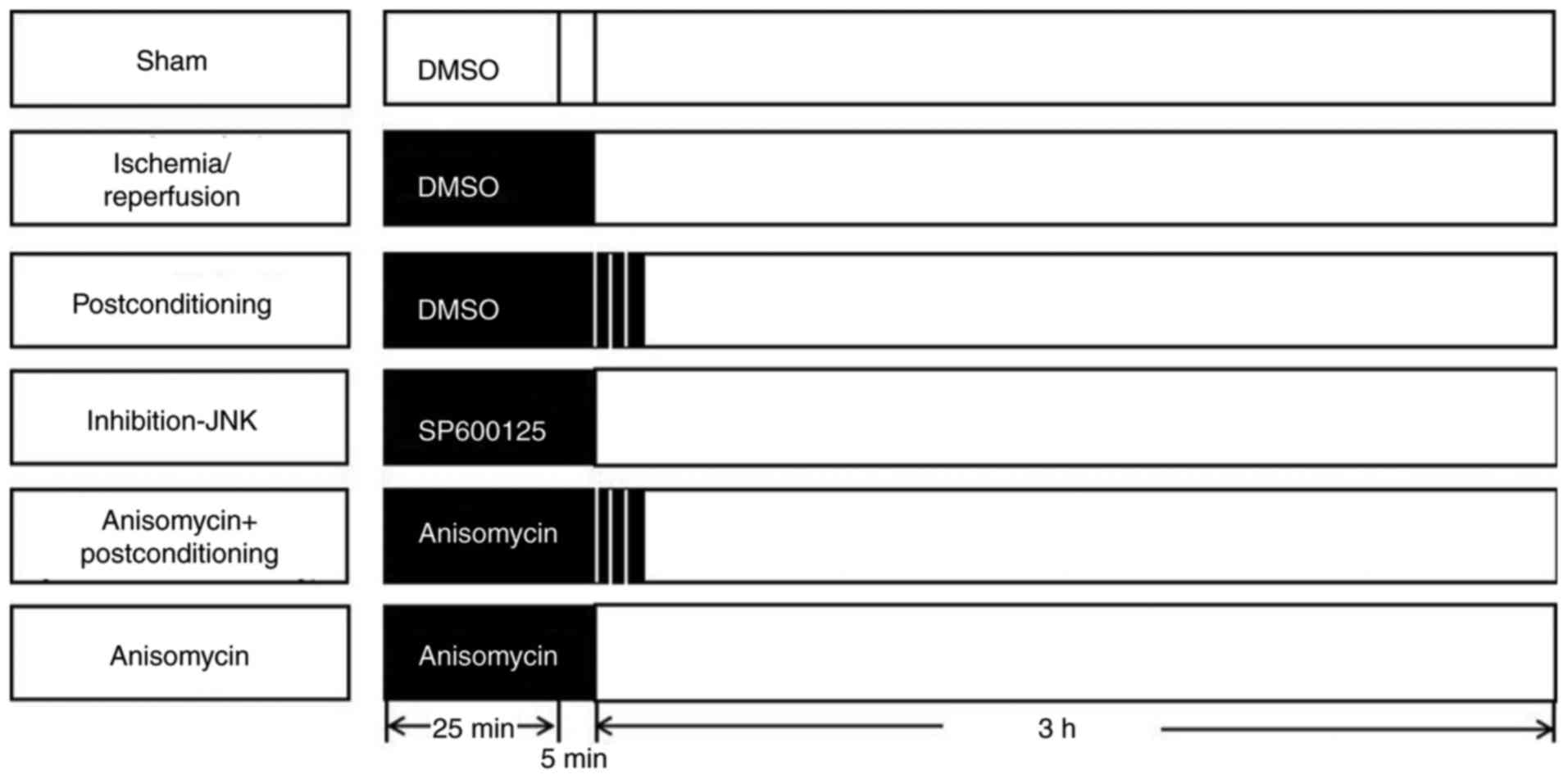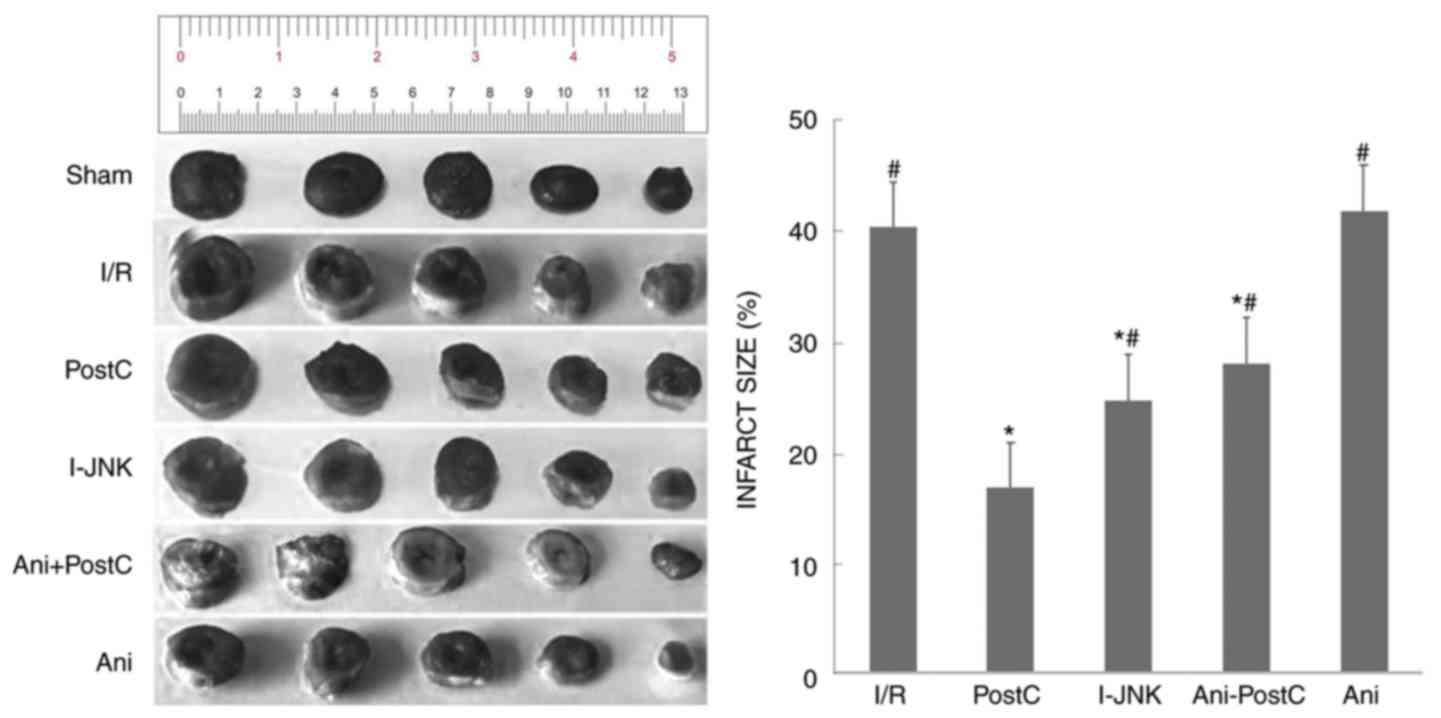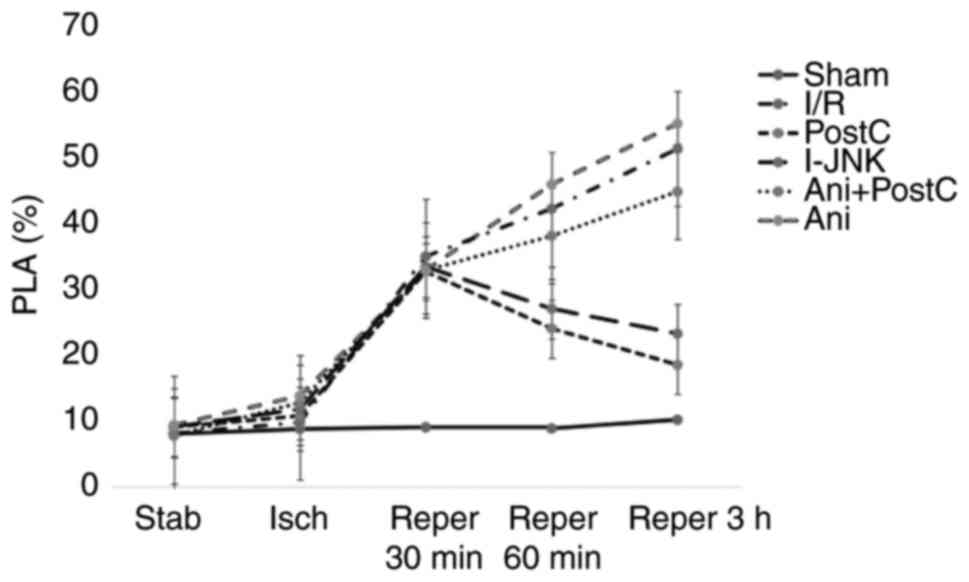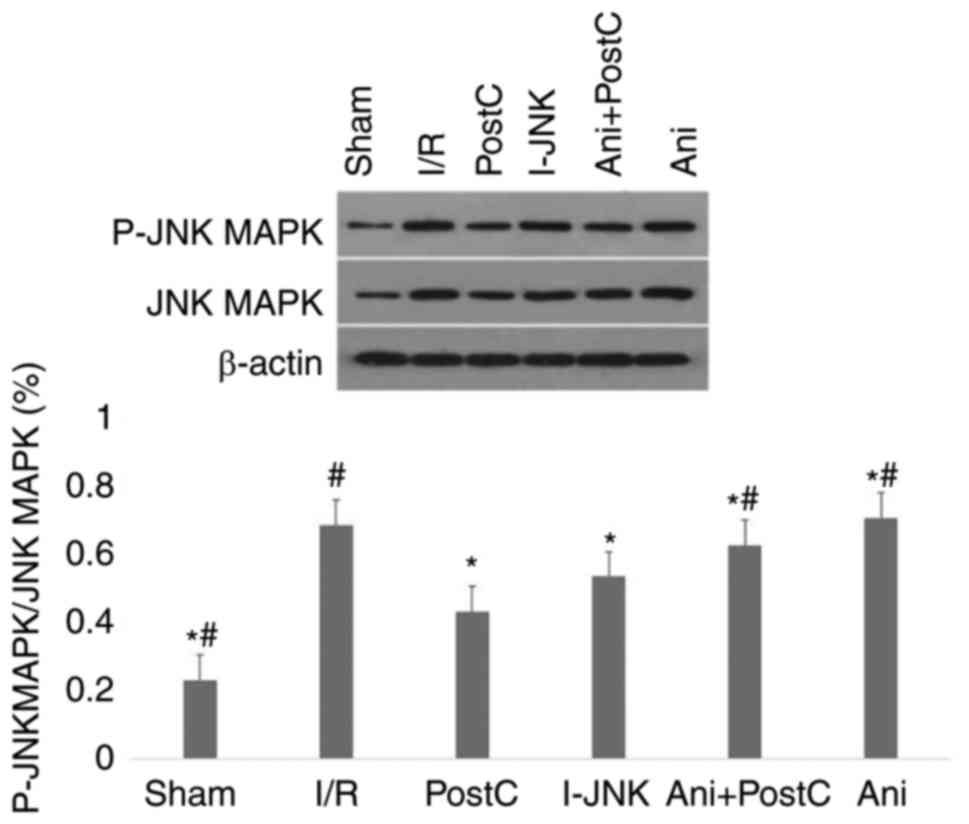|
1
|
Bonvini RF, Hendiri T and Camenzind E:
Inflammatory response post-myocardial infarction and reperfusion: A
new therapeutic target? European Heart J Suppl. 7 suppl_I:I27–I36.
2005. View Article : Google Scholar
|
|
2
|
Schächinger V, Britten MB and Zeiher AM:
Prognostic impact of coronary vasodilator dysfunction on adverse
long-term outcome of coronary heart disease. Circulation.
101:1899–1906. 2000. View Article : Google Scholar : PubMed/NCBI
|
|
3
|
Furman MI, Barnard MR, Krueger LA, Fox ML,
Shilale EA, Lessard DM, Marchese P, Frelinger AL III, Goldberg RJ
and Michelson AD: Circulating monocyte-platelet aggregates are an
early marker of acute myocardial infarction. J Am Coll Cardiol.
38:1002–1006. 2001. View Article : Google Scholar : PubMed/NCBI
|
|
4
|
Faraday N, Braunstein JB, Heldman AW,
Bolton ED, Chiles KA, Gerstenblith G and Schulman SP: Prospective
evaluation of the relationship between platelet-leukocyte conjugate
formation and recurrent myocardial ischemia in patients with acute
coronary syndromes. Platelets. 15:9–14. 2004. View Article : Google Scholar : PubMed/NCBI
|
|
5
|
Thuny F, Lairez O, Roubille F, Mewton N,
Rioufol G, Sportouch C, Sanchez I, Bergerot C, Thibault H, Cung TT,
et al: Post-conditioning reduces infarct size and edema in patients
with ST-segment elevation myocardial infarction. J Am Coll Cardiol.
59:2175–2181. 2012. View Article : Google Scholar : PubMed/NCBI
|
|
6
|
Xue F, Yang X, Zhang B, Zhao C, Song J,
Jiang T and Jiang W: Postconditioning the human heart in
percutaneous coronary intervention. Clin Cardiol. 33:439–444. 2010.
View Article : Google Scholar : PubMed/NCBI
|
|
7
|
Huang C, Jacobson K and Schaller MD: A
role for JNK-paxillin signaling in cell migration. Cell Cycle.
3:4–6. 2004. View Article : Google Scholar : PubMed/NCBI
|
|
8
|
Uehara T, Bennett B, Sakata ST, Satoh Y,
Bilter GK, Westwick JK and Brenner DA: JNK mediates hepatic
ischemia reperfusion injury. J Hepatol. 42:850–859. 2005.
View Article : Google Scholar : PubMed/NCBI
|
|
9
|
Wang Z, Tang B, Tang F, Li Y, Zhang G,
Zhong L, Dong C and He S: Protection of rat intestinal epithelial
cells from ischemia/reperfusion injury by (D-Ala2,
D-Leu5)-enkephalin through inhibition of the MKK7-JNK signaling
pathway. Mol Med Rep. 12:4079–4088. 2015. View Article : Google Scholar : PubMed/NCBI
|
|
10
|
Yang DH, Tan N, He PC, Liu Y, Wen JY, Chen
JY, Zhou YL and Huang WH: Increased platelet-leukocyte aggregates
in patients with acute coronary syndrome. Zhonghua Xin Xue Guan
Bing Za Zhi. 40:482–486. 2012.(In Chinese). PubMed/NCBI
|
|
11
|
Li Y, Ge X and Liu X: The cardioprotective
effect of postconditioning is mediated by ARC through inhibiting
mitochondrial apoptotic pathway. Apoptosis. 14:164–172. 2009.
View Article : Google Scholar : PubMed/NCBI
|
|
12
|
Staat P, Rioufo TG, Piot C, Cottin Y, Cung
TT, L'Huillier I, Aupetit JF, Bonnefoy E, Finet G, André-Fouët X
and Ovize M: Postconditioning the human heart. Circulation.
112:2143–2148. 2005. View Article : Google Scholar : PubMed/NCBI
|
|
13
|
Kloner RA, Dow J and Bhandari A:
Postconditioning markedly attenuates ventricular arrhythmias after
ischemia-reperfusion. J Cardiovasc Pharmacol Ther. 11:55–63. 2006.
View Article : Google Scholar : PubMed/NCBI
|
|
14
|
Yang DH, Tan N, He PC, Liu Y, Wen JY, Chen
JY, Zhou YL and Huang WH: Increased platelet-leukocyte aggregates
in patients with acute coronary syndrome. Zhonghua Xin Xue Guan
Bing Za Zhi. 40:482–486. 2012.(In Chinese). PubMed/NCBI
|
|
15
|
Sivaraman V, Mudalagiri NR, Di Salvo C,
Kolvekar S, Hayward M, Yap J, Keogh B, Hausenloy DJ and Yellon DM:
Postconditioning protects human atrial muscle through the
activation of the RISK pathway. Basic Res Cardiol. 102:453–459.
2007. View Article : Google Scholar : PubMed/NCBI
|
|
16
|
Ren F, Mu N, Zhang X, Tan J, Li L, Zhang C
and Dong M: Increased platelet-leukocyte aggregates are associated
with myocardial no-reflow in patients with ST elevation myocardial
infarction. Am J Med Sci. 352:261–266. 2016. View Article : Google Scholar : PubMed/NCBI
|
|
17
|
Weston CR and Davis RJ: The JNK signal
transduction pathway. Curr Opin Cell Biol. 19:142–149. 2007.
View Article : Google Scholar : PubMed/NCBI
|
|
18
|
Kaiser RA, Liang Q, Bueno O, Huang Y,
Lackey T, Klevitsky R, Hewett TE and Molkentin JD: Genetic
inhibition or activation of JNK1/2 protects the myocardium from
ischemia-reperfusion-induced cell death in vivo. J Biol Chem.
280:32602–32608. 2005. View Article : Google Scholar : PubMed/NCBI
|
|
19
|
Ferrandi C, Ballerio R, Gaillard P,
Giachetti C, Carboni S, Vitte PA, Gotteland JP and Cirillo R:
Inhibition of c-Jun N-terminal kinase decreases cardimoyocyte
apoptosis and infarct size after myocardial ischemia and
reperfusion in anaesthetized rats. Br J Pharmacol. 142:953–960.
2004. View Article : Google Scholar : PubMed/NCBI
|
|
20
|
Zaha VG, Qi D, Su KN, Palmeri M, Lee HY,
Hu X, Wu X, Shulman GI, Rabinovitch PS, Russell RR III and Young
LH: AMPK is critical for mitochondrial function during reperfusion
after myocardial ischemia. J Mol Cell Cardiol. 91:104–113. 2016.
View Article : Google Scholar : PubMed/NCBI
|


















